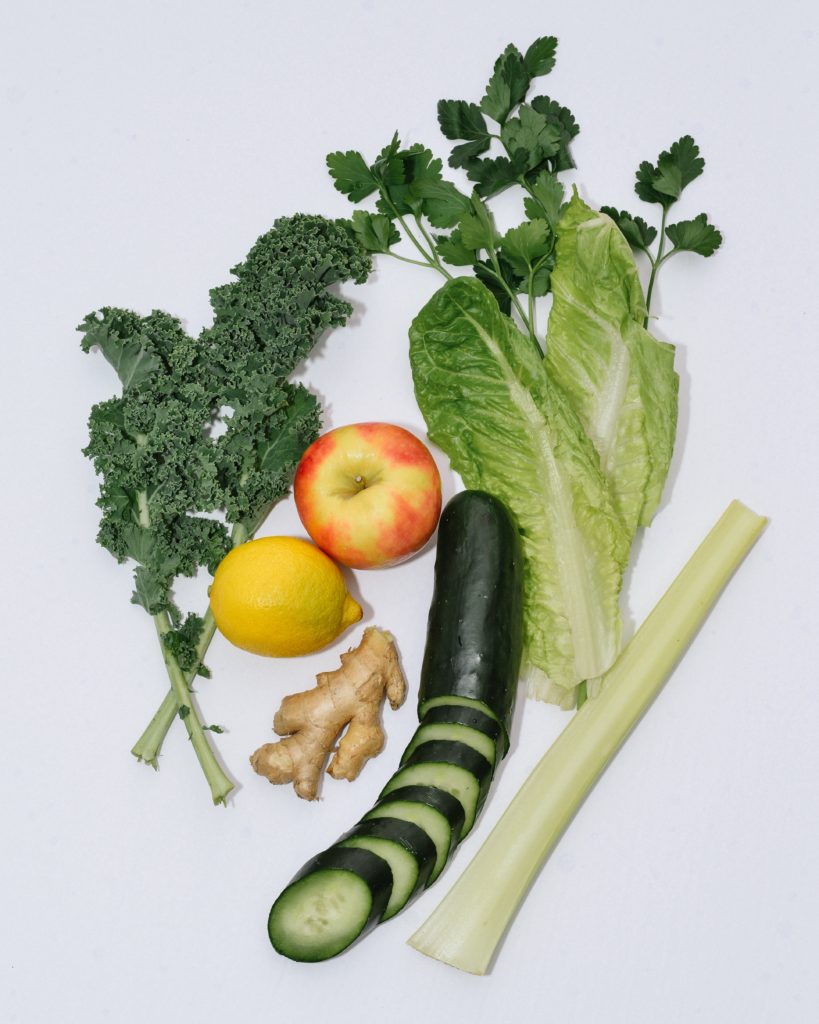All fields are required
Posted in E. coli,Food Safety,Our Blog,Outbreaks & Recalls on December 22, 2018

A new study found that plastic bins used in security check at airports carries more filthy germs than even the airport toilets. PETA – an animal rights organization – used the opportunity to place ads at the airport luggage bins saying ‘Meat kills, Go Vegan’ to strengthen their campaign against eating, wearing or abusing animals. They emphasized on the variety of pathogens that animal flesh carries like Ecoli, Salmonella that can cause food poisoning. But PETA – have you not noticed that veggies carry Ecoli, too? In fact, it’s been found that around 20%-30% of outbreaks linked to Ecoli are caused by contaminated vegetables.
For anyone who has been following the romaine lettuce outbreak, it has become apparent that meat is not the only carrier of Ecoli. Veggies can carry deadly Ecoli bacteria too, and can infect humans. In fact, this year started out with an Ecoli outbreak that was linked to romaine lettuce. And yet another outbreak that caused 5 deaths was also linked to Ecoli found in romaine lettuce in the middle and end of the year.
It’s not just meat that can harbor the bacteria when not handled properly. Green leafy vegetables can also carry them if they are mishandled or grown in contaminated irrigation waters. Here’s all you need to know about Ecoli’s life around us, and how it gets into out food:
Ecoli is naturally present in the intestines of healthy farm animals like goat, sheep, cattle, etc. These animals can harbor the deadliest of the Ecoli strains (STEC Ecoli) without showing any signs of it. In fact, often these strains do not make the animals sick. The animals shed the bacteria through their feces, which can contaminate their fur, skin and feathers. The feces can also contaminate their pens and the field area. That’s why it is always advised that you wash your hands after you visit a petting zoo.
The bacteria can enter the meat while the animal is getting slaughtered and processed. It can also enter the milk of cow if the bacteria has spread to their skin. The meat can also get infected if it comes in contact with the infected feces.
How does produce get infected with Ecoli?
Bacteria can get inside the produce in a lot of ways.
Animals: Animals can defecate in the field where the produce is growing. Once the feces contaminated with Ecoli gets in contact with the produce, it can infect it. The Ecoli bacteria then can grow with the plant.
In 2011, strawberries sold at farmers market in Oregon sickened 15 (2 had HUS) and killed 1 after being contaminated with E.coli O157:H7. They became contaminated with the bacteria after some deer defecated in the fields and infected them. Deer tracks and deer feces were found during the investigation.
Runoff: Water runoff in the irrigation facilities due to rain can carry the infected feces to the growing region and infect the produce.
In June 2018, multistate Ecoli outbreak caused by romaine lettuce sickened 210 people, resulted in 96 hospitalizations and killed 5. Investigation revealed that irrigation water might have been tainted. A concentrated animal feeding operation, CAFO, is near a canal whose water came in contact with the irrigation water used for produce.
It looks like this may be the same issue with the most recent romaine outbreak, too.
People:If there is anyone working in the manufacturing plant who is suffering from Ecoli infection, the infected person will shed the bacteria in their waste. So, if they don’t wash their hands properly after going to washroom, they might contaminate the whole batch of food.
Processing Equipment: Any contaminated surface or machine can contaminate the food product going through it too. This can happen when proper sanitisation of the equipment is not done properly.
Research has shown how Ecoli O157:H7 uses whip-link structure on its surface known as flagella to penetrate the cell walls of the plants. Flagella is typically used for bacterial motility. Purified flagella directly interacts with lipid molecules found in membranes of plant cells. Once they attach, they grow on the surface and colonise. It was also found that at this time proper washing can remove the bacteria from the plant. But a few of these bacteria can invade the plant and can’t be removed by washing.
The research was done at James Hutton Institute in Scotland. The researchers also believe that the same method of invasion by the bacteria on plants is also used when the bacteria colonise in the intestines of the animals. This shows that there is an active interaction between the bacteria and plants & animals.
If we go back around 15-20 years ago, people were highly concerned about the food safety surrounding food from animal origins. But this has now grown to fresh produce too. Government regulators and food scientists were aware that fresh produce especially greens pose a significant food safety risk. According to a CDC analysis, leafy vegetables caused around 22% of the outbreaks between 1988-2008. A more recent analysis in 2013, however, reported that vegetable row crops like lettuce, celery, broccoli, asparagus causes 42% of E.coli infections.
So, it is a little misleading to say that meat kills in the context of harboring harmful pathogens. Veggies can harbor the same deadly bacteria and cause debilitating diarrhea.
All you can do is follow proper food safety practices, like these:
By: Pooja Sharma, Contributing Writer (Non-Lawyer)